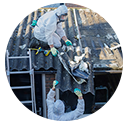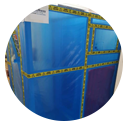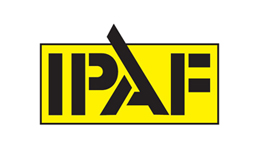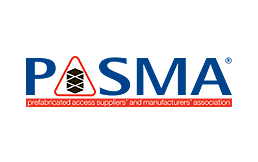Asbestos testing and surveying

If you suspect you have asbestos on site, then a survey needs to take place. This can be done one of two ways: We will send an experienced asbestos surveyor to your site to take the required samples of the suspected asbestos-containing materials (ACM) using the correct and safe methods.
We will always leave the sample point in a safe, sealed condition once the sampling is completed. This is the most preferred option. This is the safest and most practical way of completing this task.
You could bring a suspected asbestos sample to our office directly where we will then ensure it is safely transported to the laboratory.
Asbestos reinstatement
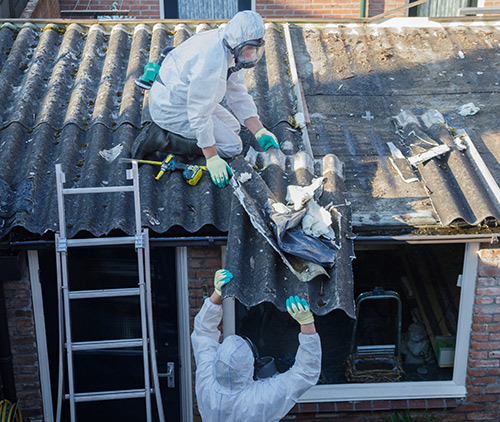
Trained and equipped staff members can provide a re-instatement services. However, if we feel that a re-instatement job is large or complex, we work with carefully handpicked local companies to complete the required works.
Our team has years of experience in asbestos reinstatement.
They can deal with the reinstatement of:
- Asbestos-containing artex ceilings
- Plasterboard
- Garage roofs
- Asbestos cement soil pipe using PVC
Coba Contracts LTD complies with all safety and waste management regulations to ensure that all of our clients are safe.
Waste collections and disposals
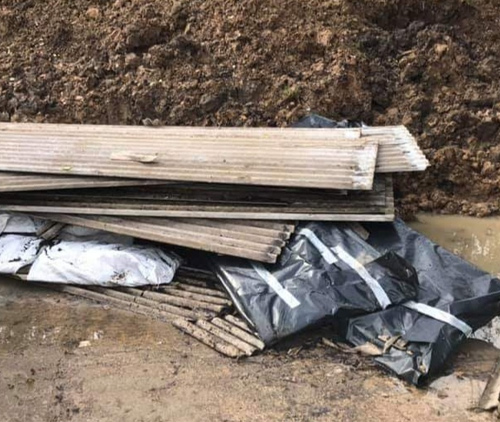
We can undertake waste collection from both residential and business sites, providing you with the confidence that your asbestos waste will be disposed of in accordance with relevant legislation.
Our waste carrier’s license is renewed every three years and as part of this renewal process, we undergo a rigorous review by the Environmental Agency.
Asbestos encapsulation
ET 150 – this is a durable, flexible water-resistant encapsulant for both internal and external use. It is touch dry within 2 hours, and fully dry within 24 hours.
The asbestos encapsulation coatings will:
- Protect and repair any damaged asbestos
- Seal any exposed, raw asbestos edges
- Protect against any circumstances of knocks and scrapes releasing fibres
Reduces any fibre release through general degradation.
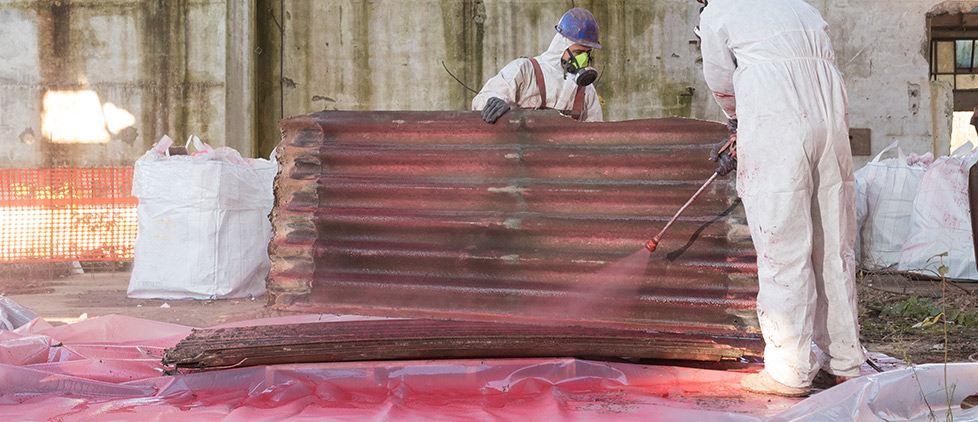
Is Asbestos encapsulation safe?
Once our asbestos encapsulation product is applied it will prevent the material from cracking, flaking and breaking – provided that it is left untouched and not disturbed in any way.
Asbestos encapsulation can last for upwards of 25 years. However, it is important that the material is periodically managed on a yearly basis as part of an asbestos management plan, which is part of our asbestos encapsulation service.
It is advised that the encapsulated asbestos is periodically inspected yearly as part of on-going asbestos management. Coba Contracts LTD offers a full re-inspection service.
Why choose asbestos encapsulation over removal?
Asbestos removal isn’t always the most suitable option. It can sometimes be difficult and costly. If professionals do not remove asbestos then the process itself can lead to fibres being released into the environment.
Normally asbestos in good condition can be encapsulated so it remains this way for longer. Midlands Asbestos Removal can repair and make safe any ‘exposed asbestos’ without complete removal, which will save money and ensure any on-site disturbance is kept to an absolute minimum
Asbestos removal
What is asbestos?
Asbestos is a naturally occurring mineral which has a unique property to become fibrous once crushed. There are 6 forms of asbestos, however, only 3 were commonly used. These are Chrysotile – white asbestos, Amosite – brown asbestos and Crocidolite – blue asbestos.
Where can asbestos be found?
Before its dangers were known, in the UK asbestos was frequently used in buildings between the 1950’s and the mid-1980’s. In 1999 asbestos was banned in the UK, but it had been used in most aspects of construction. `It is estimated that about 50% of UK buildings still contain Asbestos. It can be found in both commercial and domestic properties including:
- Shops
- Factories
- Warehouses
- Schools
- Universities
- Domestic and commercial
The materials used were wide ranging and could include cement products such as:
- Garage or shed roofs
- Gutters and downpipes
- Internal boarding such as ceilings, walls and service risers
- Textiles in electrical installations
- Boilers and pipework
- Textured coatings and floor tiles
Why was asbestos used?
Asbestos was used extensively as a building material from the late 1800’s commercially and was also put into some domestic properties. Asbestos may be present in any home built or refurbished up to the year 2000. Asbestos is typically found in floor tiles, textured coatings, soffits, integral garage ceilings, in detached garages and various other locations within a domestic property.


